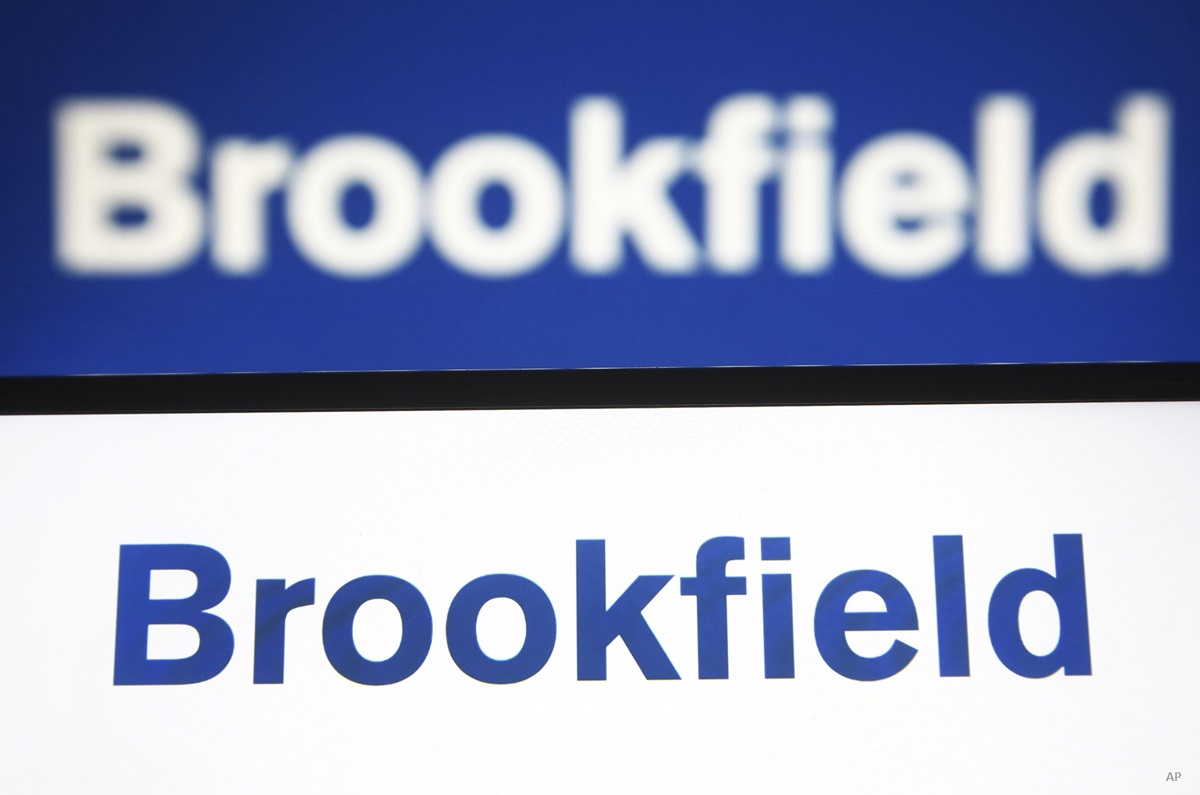Watch more episodes of Quant Concepts here
Phil Dabo: Welcome to Quant Concepts working from home edition. Investors who use the value style of investment management hope that the stock price will rise as more people come to appreciate the true value of the company's fundamental business. However, this approach to investing in companies that have lower valuation multiples has underperformed stocks that are more growth-oriented with higher valuation multiples. That being said, not all value-oriented investment strategies are the same, and some have performed much better than others. Today, let's take a look at a value-oriented strategy that has outperformed the S&P/TSX.
As always, we're going to start by selecting our universe of stocks, which includes all 700 stocks in our Canadian database. Here we've chosen to rank our stocks according to four key value metrics, and one momentum metric. The first two value metrics are the price to book and the price to cash flow. The price to book ratio is the market value of a company divided by the book value, and it's an indication of how much you are willing to pay for the book value of the company. The price to cash flow is fairly straightforward, and it's an indication of how much you're willing to pay for the operating cash flow of the business. The next factor is the price to earnings, which is an indication of how much you are willing to pay for the earnings of the business.
Our last value factor is the price to sales ratio, which is an indication of how much you're willing to pay for the sales of the business. When all of these value factors are taken into consideration. We're looking for companies that are trading at a discount but have really good cash flow, earnings, sales and a higher net book value. Our last factor is the three-month earnings revision because we want to find companies that analysts have a positive outlook for.
Now that we have our stocks ranked from one to 700. We're going to go through our buy rules, we're only going to buy stocks that are ranked in the top 25th percentile of our list. And we're only going to buy stocks that have a return on equity above 15%. This is a good financial performance metric that incorporates leverage, return on assets and the profit margin. We want to eliminate microcap stocks. So we've placed a limit of $547 million on the market cap size. Our last buy rule is the Morningstar quantitative financial health score, which is a proprietary metric that makes it easier to determine whether a company is in good financial health by measuring the likelihood that it will fall into financial distress. Here we want to eliminate companies that are ranked in the bottom third, based on the financial health score.
Now let's take a look at our sell rules which are very simple. We're going to sell stocks if they fall out of the top 60th percentile of our list. And we're going to sell stocks if their financial health deteriorates and falls to the bottom third of our list. Now let's take a look at performance. The benchmark that we use is the S&P/TSX Total Return Index and we tested the strategy from May 2001 to July 2021. Over this time period, the strategy generated a very strong 14.6% return which is 7.1% higher than the benchmark with only a 23% annualized turnover. You can see by looking at the annualized performance numbers, that this strategy has outperformed the index over every significant time period. However, it's done so with higher price risk as you can see by the standard deviation, and also higher market risk as you can see by beta.
All this taken into consideration, the strategy has still generated decent risk-adjusted returns compared to the benchmark, as you can see by the Sharpe ratio. Looking at this performance chart, we can see a very good performance by the strategy compared to the benchmark, especially over the past year. And when looking at the up and downside capture ratios. We can see very good performance in both up and down markets. Even though the strategy has had higher volatility, we can see that it's outperformed the benchmark over different market cycles. This is a great strategy to consider if you're looking for value stocks that have good financial performance.
This strategy has performed really well and has beaten the S&P/TSX in 12 of the last 15 calendar years. It's also important to note that the strategy generally has more volatility when looking at the price and market risk, but it also has better financial metrics such as the debt to equity, or the cash flow to debt. You can find the buy list along with a transcript of this video.
From Morningstar, I'm Phil Dabo.


















